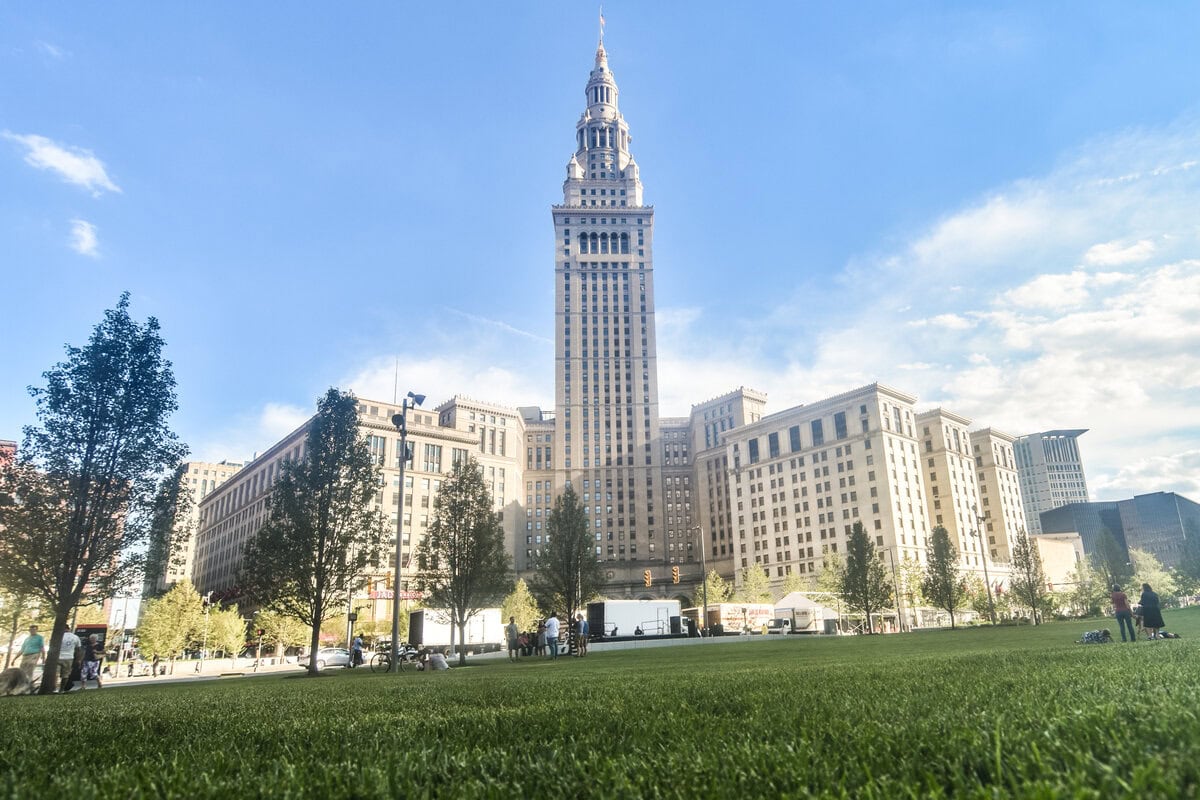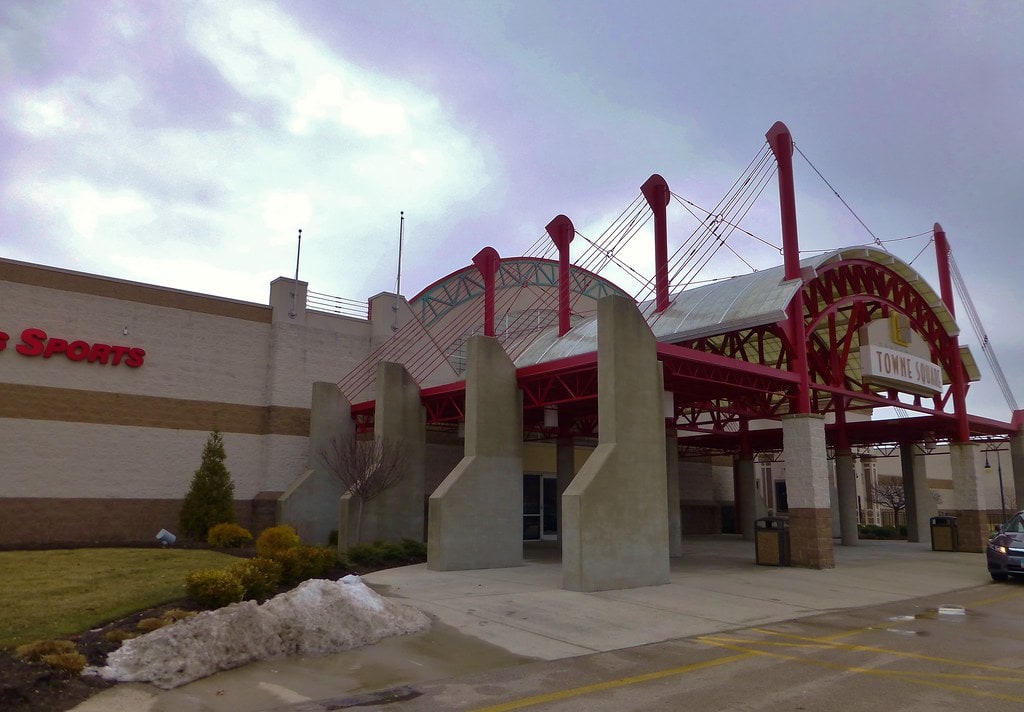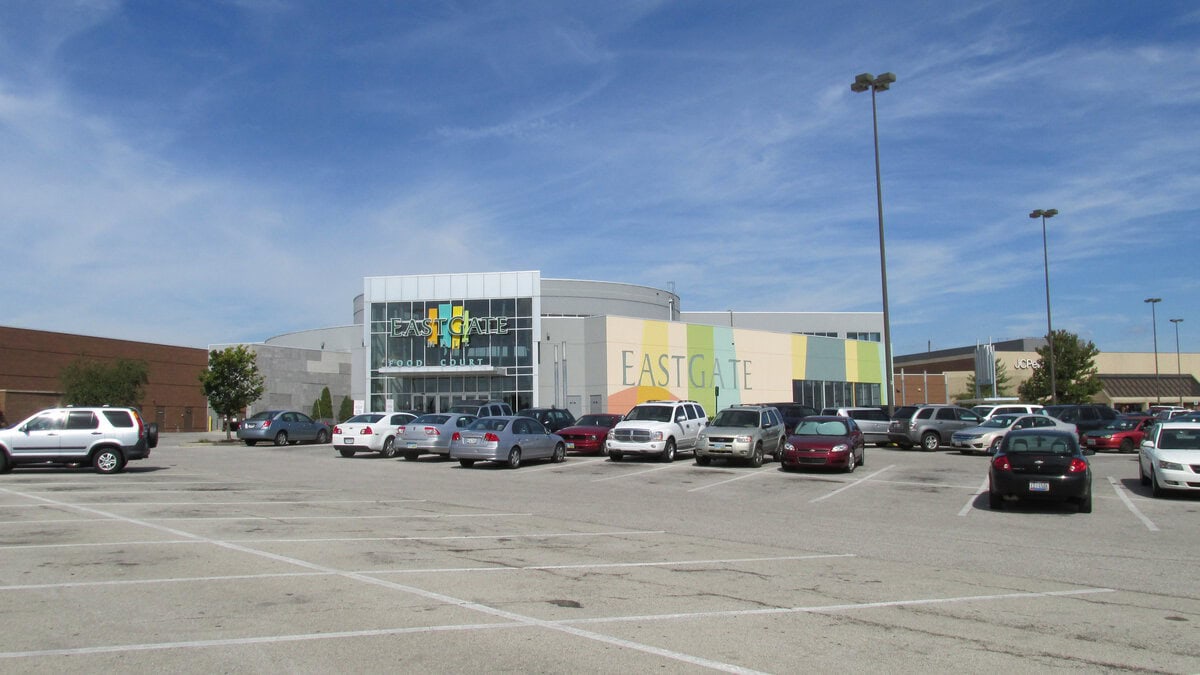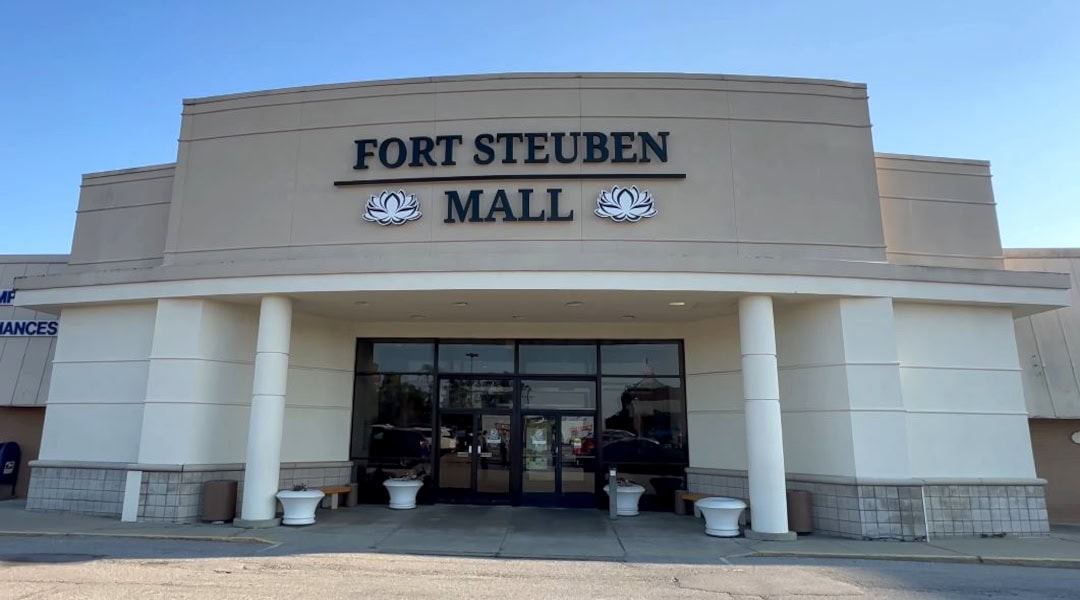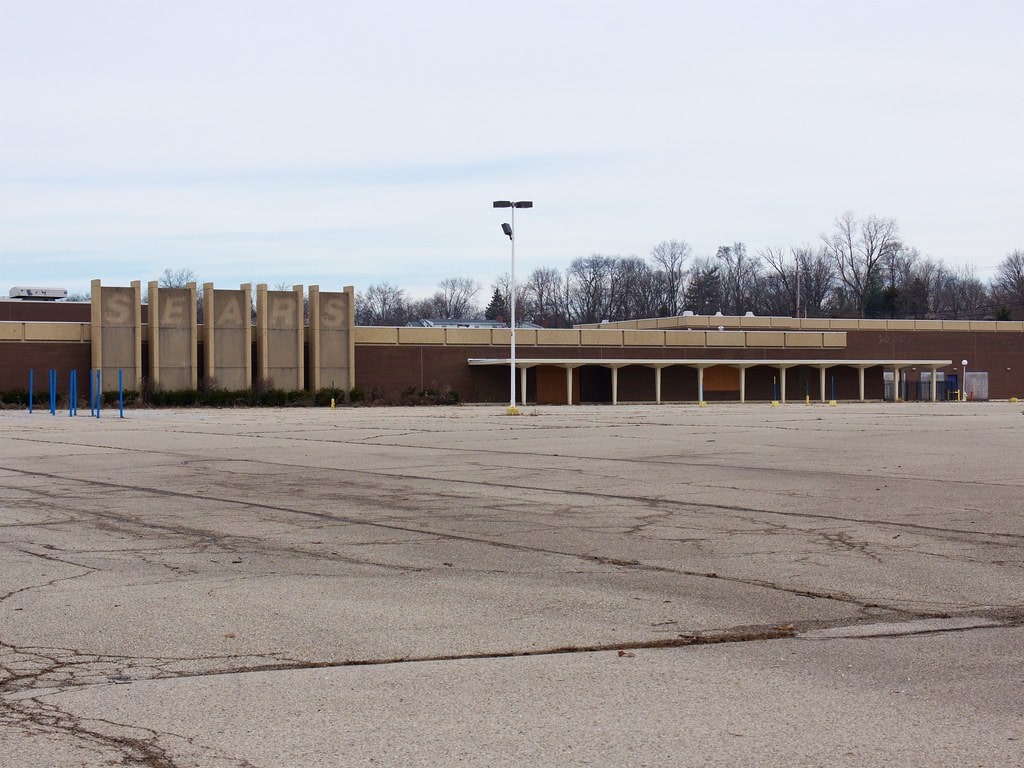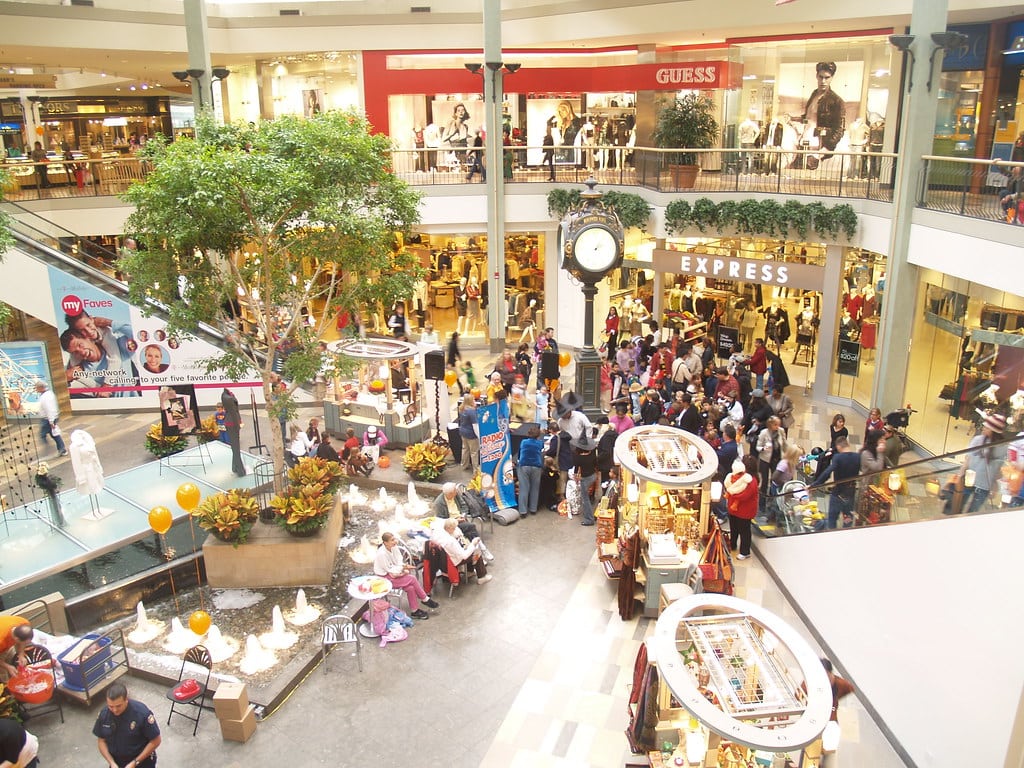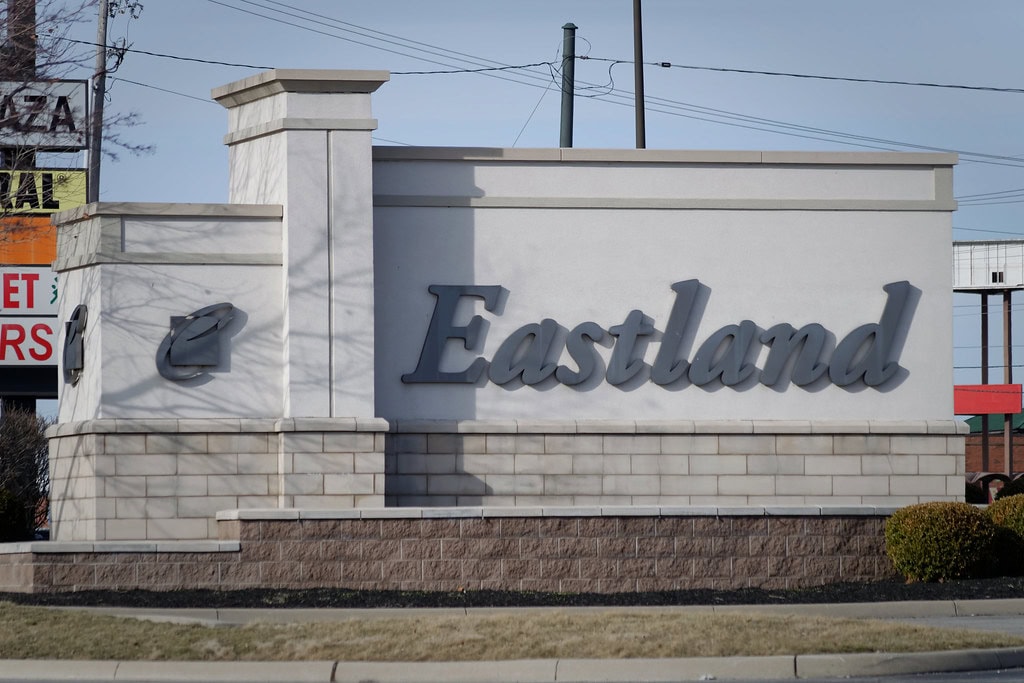When the Ceiling Was Sky
The ceiling hovered high, a pale grid above soft-lit floors and brick-wrapped columns. Inside Randall Park Mall, the air once smelled like cinnamon from the pretzel stand and freon from the skating rink chill.
Each step echoed sharply against terrazzo tiles that carried sound deep into the concourse.
In 1976, Randall Park Mall rose from the dust of a former horse track in North Randall, filled with big-box anchors like Sears, JCPenney, Horne's, Higbee's, and the May Company.
The mall opened on August 11 of that year with 200 shops and its own theater.
For a time, it held the title of the world's largest shopping center. People still say it changed how Saturdays felt in Cuyahoga County.
Concrete Plans, Carpeted Ambitions
The ground had barely settled from the last race at Randall Park Race Track when excavation began for Edward J. DeBartolo's newest vision.
Announced in 1971 and opened five years later, Randall Park Mall was conceived as more than retail.
DeBartolo pitched it as a contained economy, with two office towers, a performing arts venue, and even plans for residential towers.
August 11, 1976, marked the formal opening, though JCPenney had already begun trading in March.
Sears delayed its debut until February 1977. The anchor lineup also included Horne's, the May Company, and Higbee's.
The architectural layout carried DeBartolo's urban ambition. His younger brother Frank handled the design, building out 200 storefronts and a three-screen cinema under a ceiling high enough for natural light but low enough to quiet the noise.
The result was enclosed but expansive, a mall trying to act like a miniature downtown. Some locals still rank it among the top things to do near Cleveland, Ohio, even in memory.
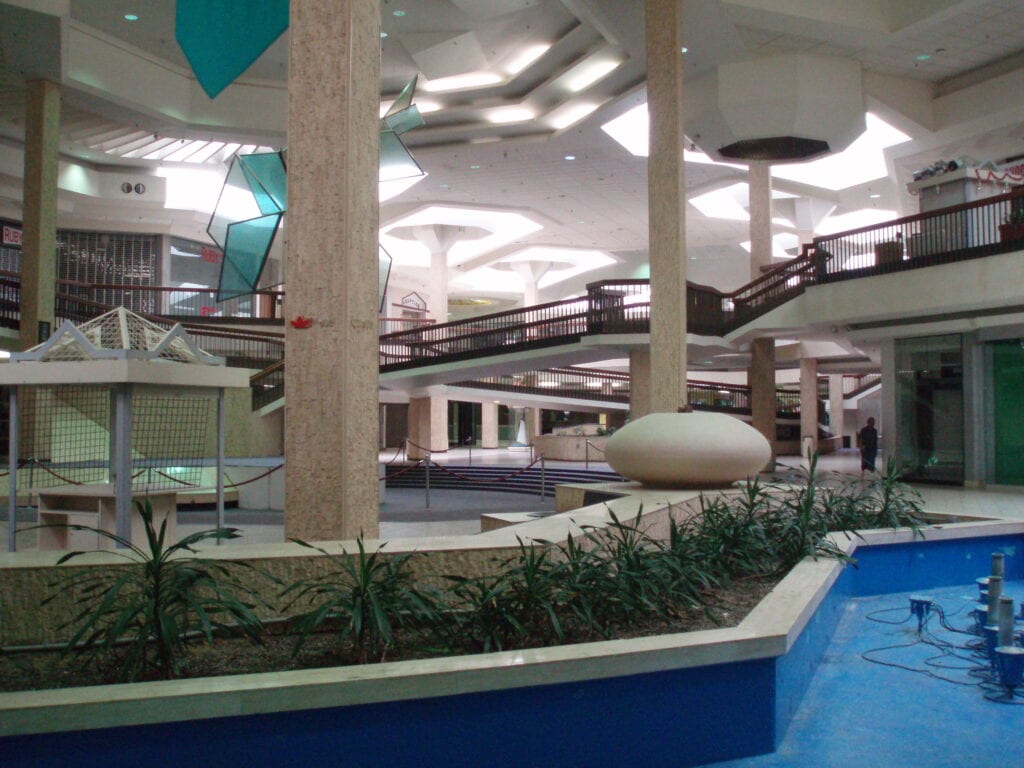
Competing Markets and Fading Margins
Randall Park Mall entered the Cleveland retail scene already flanked by rivals. Great Northern Mall, opened the same year in North Olmsted, drew from the opposite end of the metro.
Euclid Square Mall also emerged nearby, part of the same 1970s wave. Despite its head start, Randall Park Mall had scale on its side.
It boasted 200 stores, seven anchors at peak, and a built-in movie theater run by General Cinema Corporation.
That cinema opened with three screens and a tucked-away second level holding the projection booth and office space.
Higbee's was converted to Dillard's in 1992. The May Company location transitioned into Kaufmann's in 1993, with Macy's eventually replacing it in 2006.
One anchor that never arrived was Halle's. Though planned for a site across from Higbee's, the company went bankrupt in 1982 and dropped out before construction finished.
Loews Cineplex opened a new 12-screen theater in 1999 on land once earmarked for Halle's. They branded it Magic Johnson Theatres, though it changed hands in 2006 and became O Theater.
That rebrand came after AMC acquired Loews. Despite the rebranding push and bargain prices, O Theater shut down in early 2009 after a decade of shrinking foot traffic.
Restructures, Sell-offs, and Security Shocks
Ownership of Randall Park Mall changed hands multiple times after Edward J. DeBartolo passed in December 1994.
Two years later, DeBartolo Realty merged with Simon Property Group, creating Simon DeBartolo Group. Occupancy slipped from 85% nationally to 73% at Randall by 1997.
The Farbman Group took over in 2002, only to sell the property to Haywood Whichard that same year for $6 million. That figure reflected fifteen percent of the mall's original construction cost.
By the early 2000s, once-prime spaces sat boarded and still. JCPenney had become an outlet in 1998 but shut down in 2001. Dillard's closed in March 2003.
That same month, a security guard working off-duty as a police officer fatally injured a suspected shoplifter inside the Dillard's store.
The man did not survive and passed two days later. In May 2003, the guard received a three-year prison sentence.
At that point, half the mall was empty. The fountains were off. Storefronts were covered with drywall to conceal vacancy.
Burlington Coat Factory moved into Horne's upper level while LaSalle Furniture took over the lower floor. Still, storefront turnover couldn't patch the gap left by faltering anchors and declining lease renewals.
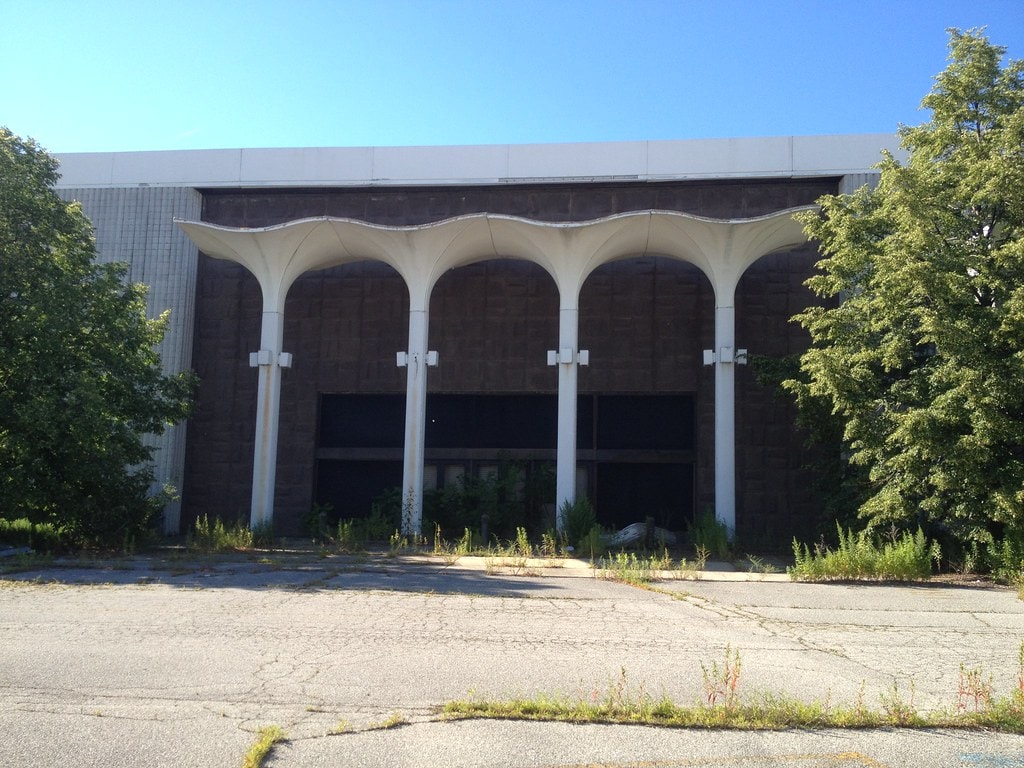
Vacancy Leasing and Quiet Expirations
Ohio Technical College made a play in mid-2007. They signed for more than 200,000 square feet inside Randall Park Mall, taking over the former JCPenney and Firestone Complete Auto Care spots.
The deal was announced in June and pitched as a chance to expand the school's PowerSports Institute. Inside the stripped-down shell of the mall, classrooms replaced mannequins.
But the departures came faster than repurposing could fill the gap. Macy's closed its Randall Park Mall location in February 2008, one of three Ohio stores cut that season.
On May 21, 2008, North Randall's mayor told reporters that the mall would close by June 12.
Store owners were given three weeks. Burlington Coat Factory and Sears stayed open, but only because their entrances faced the outside.
A new buyer, United Church Builders, stepped in that June. County records showed the mall owed over $200,000 in property taxes.
Several mortgages had been stacked on the property. UCB had plans for housing and medical research, but by May 2009, the deal hadn't closed.
The final round of small tenants moved out by March 12, 2009. Three months later, Sears shut its doors too, leaving the space dark, save for Ohio Technical College, Burlington Coat Factory, and Furniture Mattress Liquidators.
Photo Archives and Arson Warnings
By 2013, Cleveland-based photographer Johnny Joo began documenting what was left. He captured fountains with no water, escalators paused mid-climb, and displays still glowing in shuttered stores.
His images went viral after being featured in a 2014 Buzzfeed piece on abandoned malls, placing Randall Park Mall into the national spotlight again, this time for its decay.
The mall was quiet by then. Windows fogged over. Plywood blocked entrances that once buzzed with weekend traffic.
In March 2014, Industrial Realty Group announced that the entire site would be redeveloped as an industrial park.
Demo Permits and Developer Moves
The formal shift came in March 2014, when Industrial Realty Group confirmed plans to clear the property and repurpose the land for an industrial park.
They acquired the site by mid-July. Demolition permits were issued, and crews from Sitetech Inc., based in Grafton, were brought in to start the job.
Work began on December 29, 2014. The former Dillard's - once Higbee's - went first.
Walls were taken down piece by piece, and storefront glass came out in jagged sheets. The mall's interior followed, though the anchor buildings remained a while longer.
By July 2015, only those hulking shells were still upright, marking the footprint of what had been the largest mall in the country when it opened.
In January 2015, Burlington Coat Factory closed. By then, it was one of the few operations still leasing space on the perimeter. Its exit cleared more space for equipment.
No tenants remained inside. Just concrete, steel beams, and the leftover signage from when retail banners were once hung from upper railings.
Then, in May 2016, emergency calls came in about the old Magic Johnson Theater. The North Randall Fire Department ruled it arson.
Five surrounding agencies had been dispatched. No suspects were named publicly, but the fire burned out whatever remained inside the theater that night.
Fulfillment Logistics and Tax Incentives
Amazon began considering the site in July 2017. Public records confirmed the company was negotiating with local officials, and on August 25, the plans became public.
Amazon would demolish the last anchor buildings and put up a fulfillment center measuring 855,000 square feet. The company promised 2,000 full-time jobs.
The final demolitions took place that same month, except for the former Sears building, which stood untouched through the project phase.
Construction moved quickly. By 2018, the warehouse was operational. County and municipal officials credited the turnaround to coordinated zoning support and tax incentives that made the site more appealing.
Unlike past reuse plans, Amazon's didn't rely on retrofitting. The facility was built from the ground up. Logistics traffic replaced parking lots.
Delivery lanes cut across areas once meant for food court seating and seasonal kiosks. The old mall's name disappeared from maps.
By early 2019, only warehouse fencing and corporate signage marked the property. No retail markers remained, no trace of escalators or skylights. Only trucks and loading bays filled the space where anchor tenants once competed for walk-in volume.

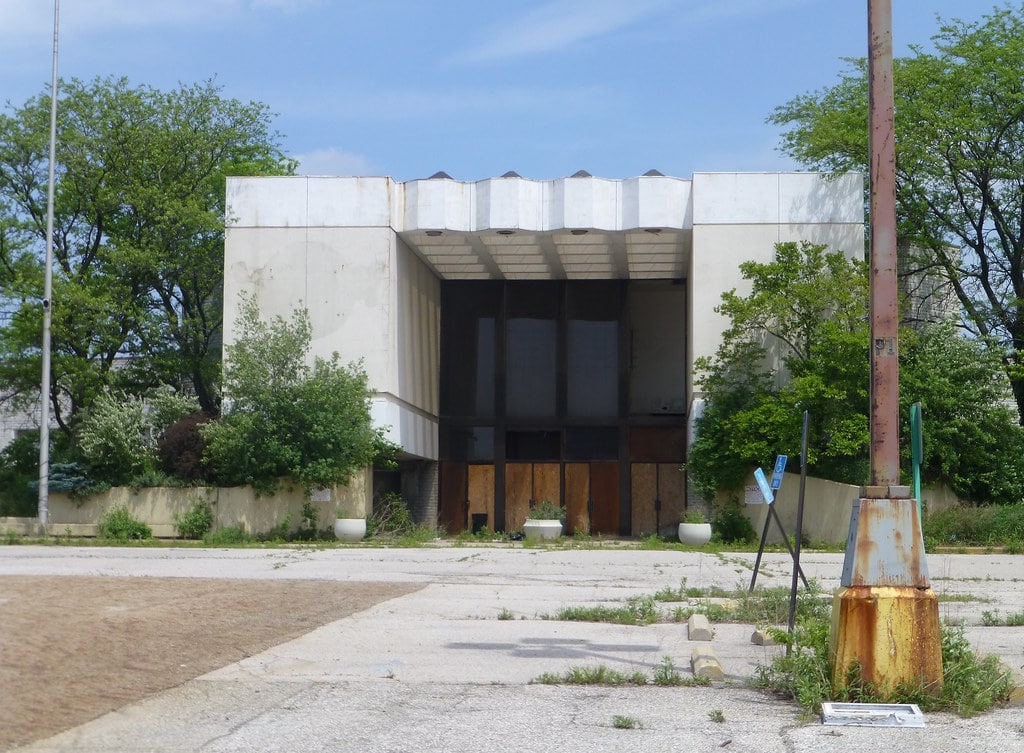
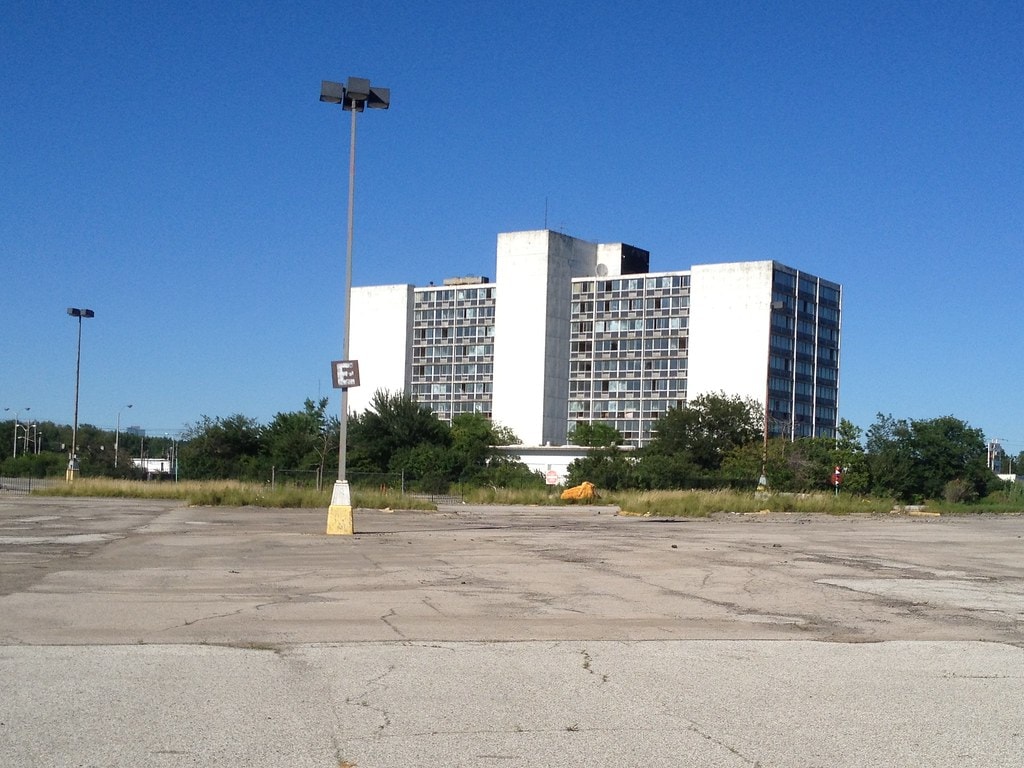
🌿

